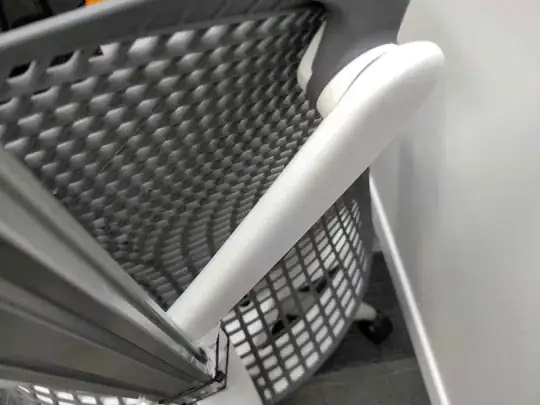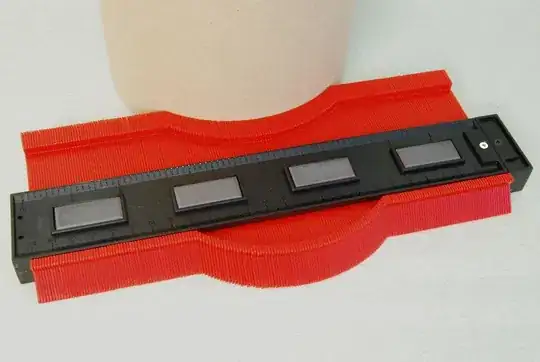I'm trying to build a headrest for my Sayl office chair. For that, I'm designing a 3d-printed part that's going to fit on one of the existing rods of the chair.
Check out this picture:
How would you go about in getting the exact measurements of that white rod? I tried a caliper, and I'm able to get the width and depth, and I can just assume that the rod's profile is a perfect ellipse, which is probably a close estimate. But say that I want to get a more precise measurement. Is there any technique to do that?

